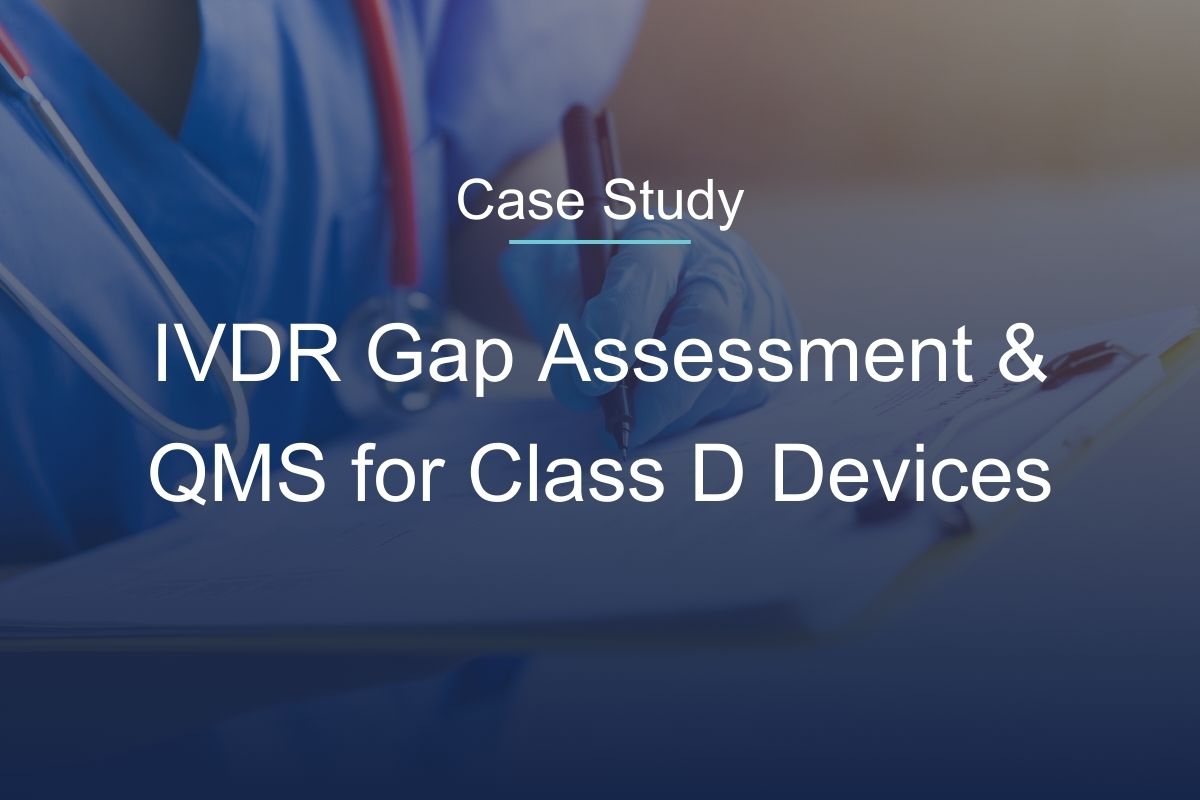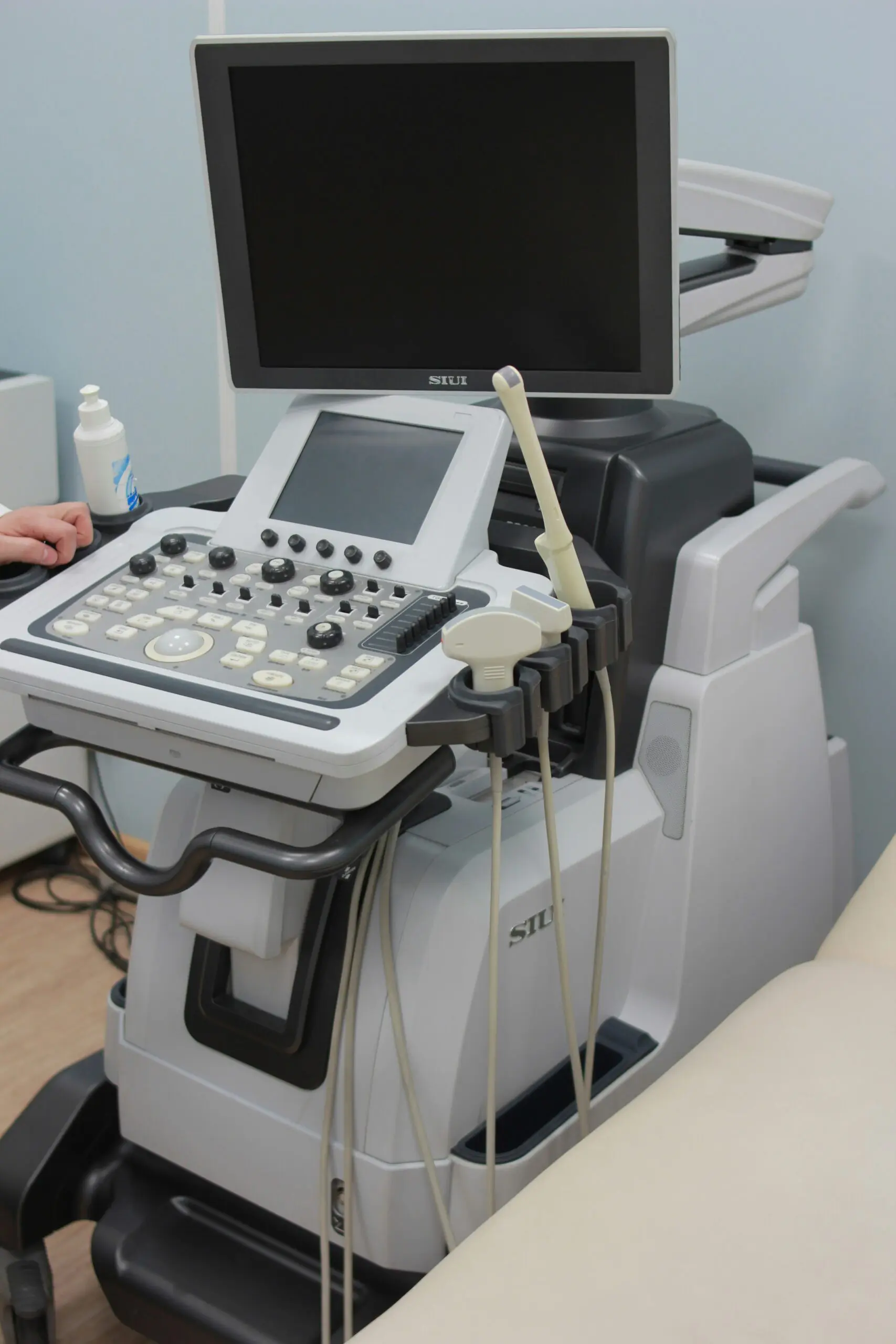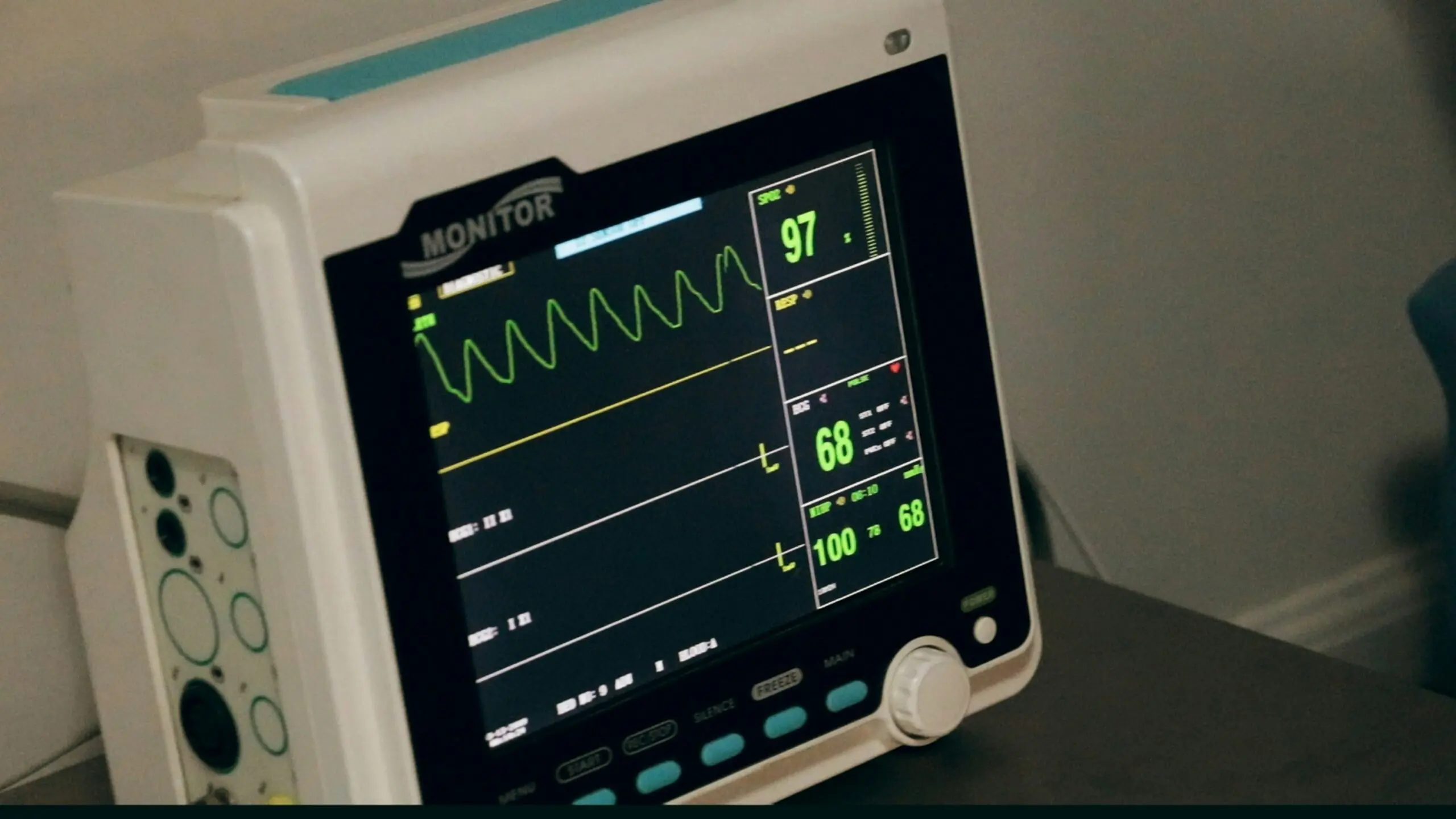EU MDR Compliance Support for a Manufacturer of Ultrasonography (ISG) Covers
In Vitro Diagnostic Regulation (IVDR) Gap Assessment & QMS Support for Class D Devices

Project Summary
An IVD manufacturer specialized in producing self-testing in-vitro diagnostic kits and point-of-care rapid test kits, which are used for detecting infectious diseases, screening for cancer, and identifying cardiac markers by analyzing blood and other bodily fluids required support for achieving IVDR Compliance and CE mark registration for Class D Devices.
A leading in-vitro diagnostics device manufacturer faced challenges in achieving IVDR compliance and CE Mark registration for three Class D devices. Initial assessments by the customer identified gaps in their QMS and approached Celegence for solutions in identifying other gaps in other documentation.
The client chose to leverage Celegence’s team of IVD experts to support the Quality Management System (QMS) and GAP Assessment to complete the project in a cost-efficient and timely manner.
Celegence Solution & Approach:
Celegence’s thorough gap assessment on Quality Management System (QMS) documentation in compliance with ISO 13485 and technical documentation per the In Vitro Diagnostic Regulation (IVDR) Regulation 2017/746 demonstrates their commitment to ensuring regulatory compliance and product quality. Celegence supported the customer for the following activities:
Highlights:
Gap Assessment Methodology: A systematic approach to assess the QMS documentation against the requirements of ISO 13485 and the technical documentation against the IVDR. It involved reviewing existing documentation, procedures, and records to identify areas of non-compliance or gaps.
QMS Documentation: Alignment with ISO 13485 requirements
Remediation Recommendations: Celegence provided actionable recommendations for remediation based on their assessment findings.
Project Achievements
Celegence’s gap assessment and remediation report provided the manufacturer with valuable insights into the areas needing improvement to ensure compliance with regulatory requirements and maintain high standards of quality for their medical device.
Project Success
Celegence recommended a gap assessment for a medical device, which led to the determination that the device should be classified as Class D. As a result, recommendations were made to gather more clinical evidence, conduct performance evaluations, and enhance post-market vigilance. Additionally, there were suggestions to ensure compliance with common specifications, which required re-verifying performance studies for all Class D devices. The customer followed through with implementing these recommendations from Celegence in order to achieve CE Mark registration for their device. This indicated a proactive approach to meeting regulatory requirements and ensuring the safety and effectiveness of the medical device..
Get in touch today
to discuss your EU IVDR needs by reaching out to info@celegence.com or contact us online.
Learn MoreOther Related Articles

18 Jul, 2025

10 Jul, 2025
Contact Us Today
From document publishing automation to eCTD submissions and beyond, Celegence is your trusted partner for regulatory affairs excellence. Contact us to learn how we can help you achieve your compliance goals efficiently and cost-effectively.
"*" indicates required fields






